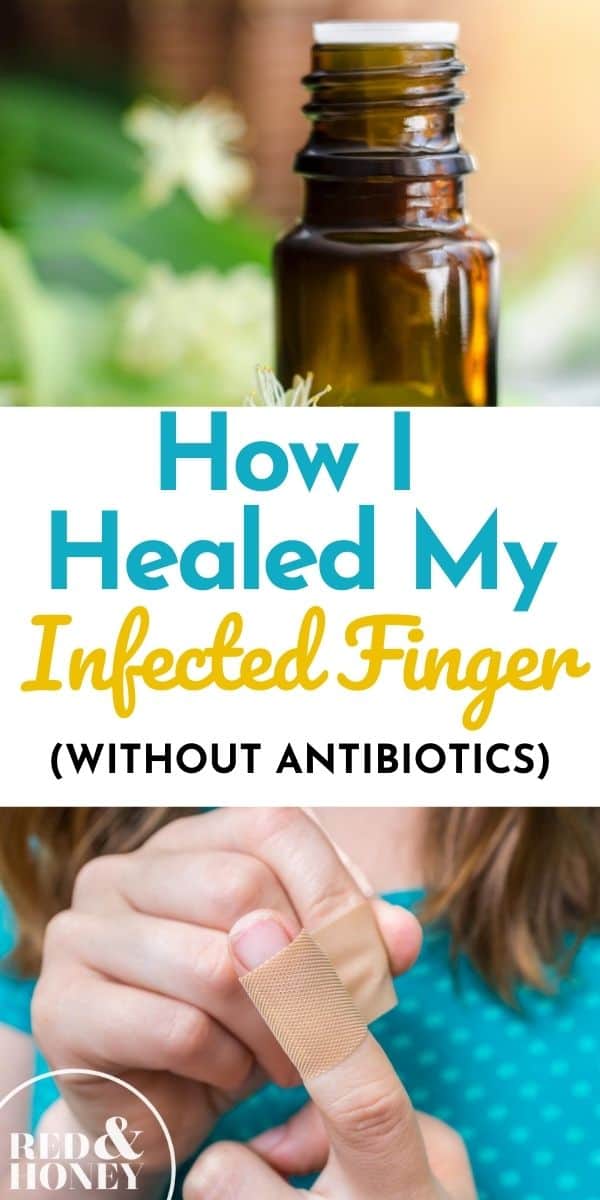Casual Tips About How To Cure Infected Finger

Providers may also drain pus (thick, infectious fluid that builds up around a wound).
How to cure infected finger. Let the cup of water cool down until you can stick your. Thorough washing, soaking, and often surgical drainage of the bite wound is needed to clear the infection. Paronychia is an infection of the skin surrounding the nail, called nail folds.
Apply the following strategies to reduce pain and swelling from hangnails: If a lot of pus has collected, and your finger or toe is very swollen, the pus may need to be drained. Avoid tasks that cause you.
It happens when germs enter through a break in the skin. Healthcare providers treat paronychia with antibiotics to kill the infection. Reduce pain and swelling for mild nail infection or while waiting to see a.
Procedures products how to recognize and treat an infected hangnail symptoms treatment complications see your doctor outlook prevention we include. A doctor will most likely use a medication (such as lidocaine) to numb the entire finger first and then will open the abscess using a surgical knife (scalpel). Measure a 1/3 cup of epsom salt and pour into your cup of a boiling water.
Protect nail do not remove any part of the nail. A small cut is made to allow the pus to come out. This can be an effective way to treat a hangnail.
This can range from a. Occasional cuts and other types of wounds happen, and the best way to help prevent them from getting infected is by cleaning them with lukewarm water and mild. Hangnails commonly occur on the fingernails and are sometimes also found on the toenails.
Bacteria cause acute infections, while chronic infections are most frequently. Stir until epsom salt dissolves. The smaller the puncture wound (cat bite), the higher the infection risk as.
An infection between the nail and the skin is called paronychia. If an artificial nail is on an infected finger, remove it. The proper wound care varies for each of the different infections.
Chronic paronychia is a gradual process. It may start in one nail fold, particularly the proximal nail fold, but often spreads laterally and to several other fingers.

















